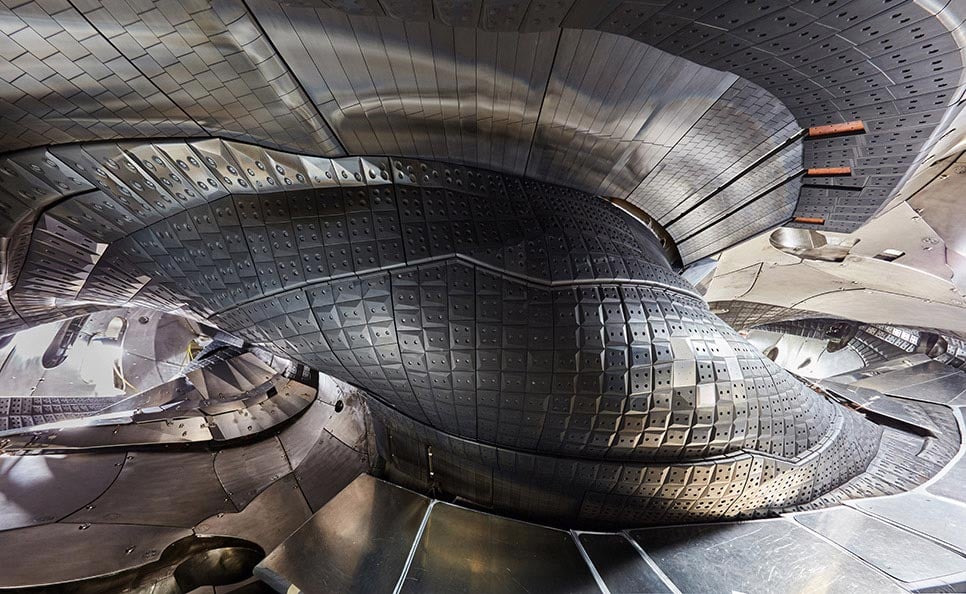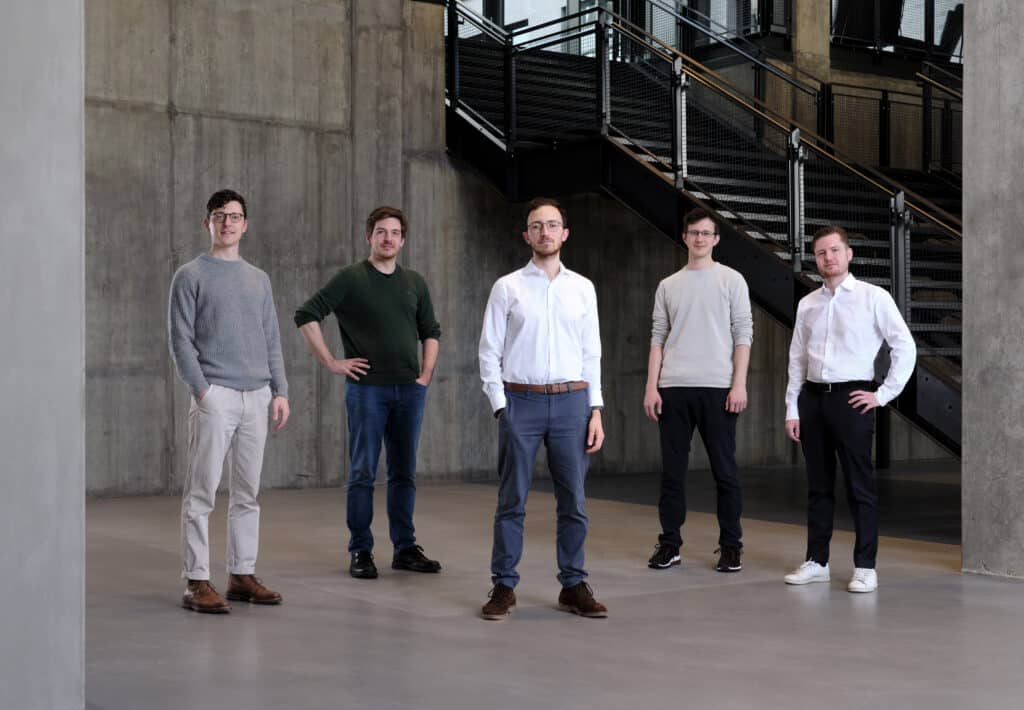
Attempting to crack near-limitless fusion energy using stellarators
BY JOE ROWAN, September 11 2024
Proxima Fusion is on no ordinary mission: it’s working to make fusion energy widely available, ensuring a constant supply of clean energy. Given that 15 billion metric tonnes of fossil fuels are burned each year, according to Resource Watch, the Munich-based company’s approach could provide the key to reducing carbon emissions… if (and it’s a big if) the science proves translatable to the real world.
Nuclear fusion is the process by which two light atomic nuclei combine to form a single heavier one while releasing massive amounts of energy. The issue with fusion is that it is not yet clear whether it is possible to build a commercial fusion power plant that releases more energy than is put in. Four companies that came to THE HEAT 2024 that are trying to solve this problem include First Light Fusion, Novatron Fusion, Tokamak Energy and Proxima Fusion. Whilst First Light Fusion is using a high-velocity projectile to collide with a target containing fusion fuel, Novatron Fusion is using a magnetic field to try to get plasma (a hot, charged gas which has unique properties distinct from solids, liquids or gases) to reach stable equilibrium in the centre of the reactor, Tokamak Energy is working with tokamaks, machines that confine plasma using magnetic fields in a doughnut shape, and Proxima Fusion is using stellarators, which are similar to tokamaks but have no induced electrical current in the plasma.
The Munich-based startup spun out last year from the Max Planck Institute for Plasma Physics, where the most advanced stellarator, W7-X, was first experimented on in 2015. This proved that continuous steady-state operation of stellarators was possible, giving legitimacy to Proxima Fusion’s plans to build a certain type of stellarator called a quasi-isodynamic (QI) stellarator, which it sees as the most feasible path towards commercialising fusion energy.


“Stellarators are not new at all, actually,” co-founder Francesco Sciortino explains. “The idea of a stellarator is from 1951.” So what’s changed? “The advent of supercomputing is really the reason why W7-X was built. The Max Planck Society gained access to supercomputers in the late ‘80s, early ‘90s, and W7-X is the result of having to design in a certain way.”

W7-X was only completed in 2022, however, and was not easy to build. Its superconducting magnets weigh many tonnes, have to be kept in cryogenic conditions (roughly -270°C), and need to be put in place within 1.5mm of accuracy. Sciortino’s coworker, Jim-Felix Lobsien, demonstrated how these magnets could be made less complicated in his research, which was later used to design the QI stellarator. “He showed that we can rebuild W7–X with three times the tolerances. So maybe the engineering will be conceptually more complicated, but the stellarators will be easier to manufacture,” Sciortino says.
The 40-strong company has raised €7.5m in pre-Seed funding, €20m at Seed, and a further €10m from the German government. “By 2031 we hope to be operating the net energy stellarator that we currently call Alpha. If we manage to build that, the iteration speed should be pretty high, and then we will go and build the first-of-a-kind fusion power plant, hopefully in the mid-2030s. If you manage to make one, then you make ten, and then a hundred, and then over the 2040s we plan to scale.”
Learn more about Proxima Fusion at ProximaFusion.com.

